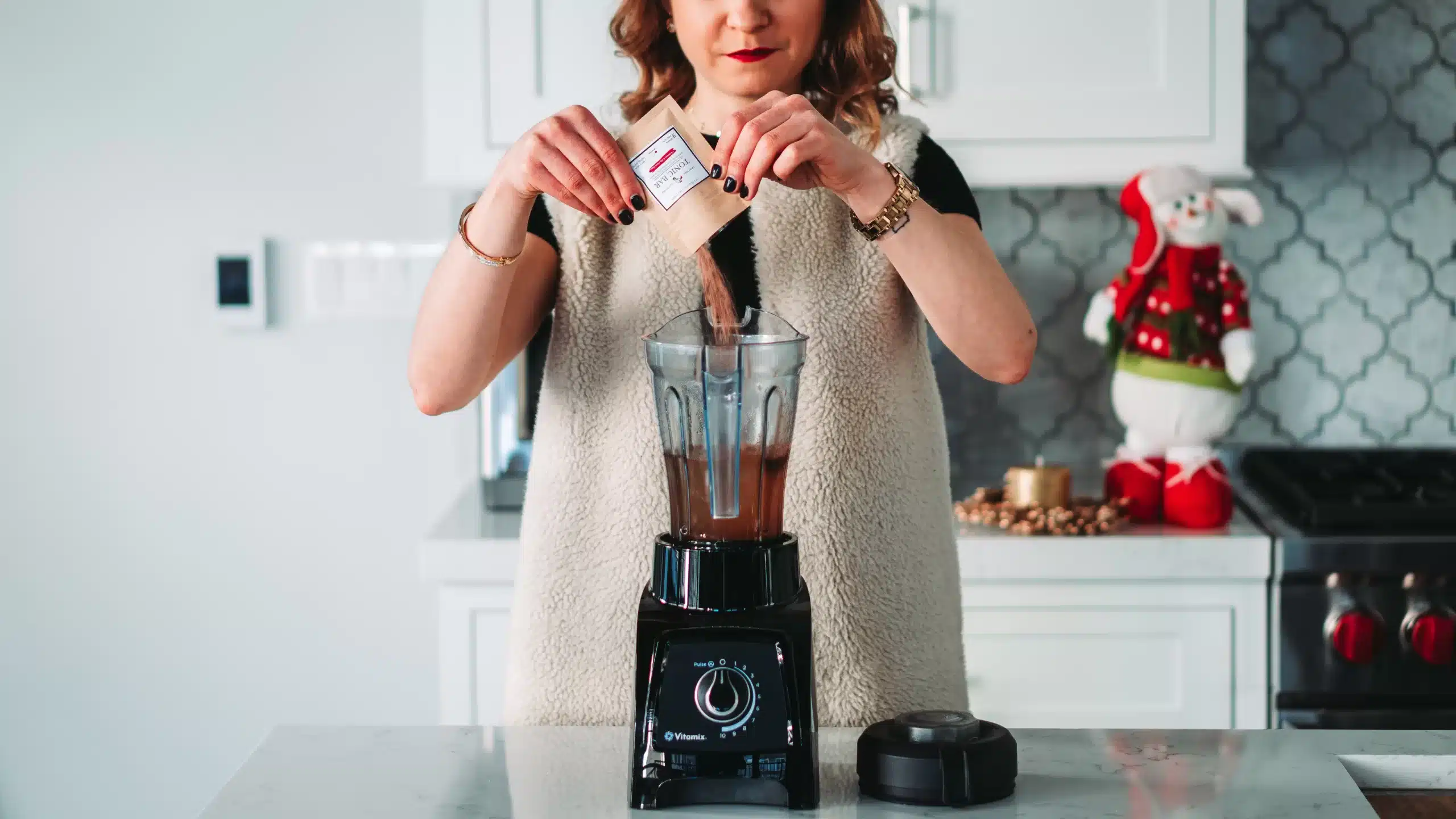
Blenders are an essential kitchen tool that can help you prepare various recipes, from smoothies and shakes to soups and sauces. While most people are familiar with the basic functions of a blender, not everyone knows how to use the different speed settings effectively. In this article, we’ll explain the different blender speed settings and how you can use them to create delicious and nutritious recipes.
Most blenders come with different speed settings that allow you to blend ingredients at different speeds. The number of speed settings can vary depending on the model and brand of the blender, but most blenders have at least three speed settings, low, medium, and high.
The low speed setting is perfect for blending soft ingredients such as bananas, strawberries, and other soft fruits. This setting is also ideal for making purees, baby food, and salad dressings. Using the low speed setting will ensure that the ingredients are well blended, without overworking them.
The medium speed setting is ideal for blending denser ingredients such as ice, vegetables, and nuts. This setting is also suitable for making smoothies, soups, and sauces. The medium speed setting provides enough power to blend the ingredients, without pulverizing them.
The high speed setting is the most powerful setting on a blender and is suitable for blending hard ingredients such as frozen fruits, ice, and nuts. This setting is ideal for making frozen drinks, nut butter, and grinding coffee beans. Using the high-speed setting will ensure that the ingredients are well blended and smooth.
The pulse setting is not a speed setting, but a function that allows you to blend ingredients in short bursts. The pulse setting is perfect for chopping ingredients or creating chunky dips and salsas. This setting also prevents overworking the ingredients, which can lead to a watery or overly smooth consistency.
As a little reminder
| Speed Setting | Best Used for | Examples |
|---|---|---|
| Low | Soft ingredients, purees, dressings | Bananas, strawberries, baby food |
| Medium | Denser ingredients, smoothies, soups, sauces | Ice, vegetables, nuts |
| High | Hard ingredients, frozen drinks, nut butter | Frozen fruits, ice, coffee beans |
| Pulse | Chopping, chunky dips, salsas | Onions, tomatoes, avocado |
Knowing the different blender speed settings is one thing, but using them effectively is another. Here are some tips on how to use blender speed settings effectively:
Q: Can I use the high-speed setting to blend soft ingredients?
A: No, the high-speed setting is too powerful for soft ingredients and can easily overwork them.
Q: Can I use the low-speed setting to blend hard ingredients?
A: No, the low-speed setting is not powerful enough to blend hard ingredients.
Q: What is the pulse setting used for?
A: The pulse setting is used for chopping or creating chunky dips and salsas.
Q: How do I know which speed setting to use?
A: It depends on the recipe and the ingredients you’re using. Always follow the recipe for best results.
Q: Can I use the blender without the lid?
A: No, it’s not safe to use the blender without the lid.
Did you know that the “Pulse” setting was first introduced in the 1960s by the Hamilton Beach company? The idea was to allow users to pulse their blender blades in short bursts, giving them more control over the consistency of their recipes.
Another fun fact is that the first blender with a “High” setting was introduced in the 1930s by the Waring Corporation, and it was marketed as a tool for making cocktails. Additionally, the term “liquefy” was first used by the Oster company in the 1950s to describe the blending process, and it has since become a widely used term in the industry.
The speed of blenders can vary depending on the model and brand. Most blenders have at least three speed settings, including low, medium, and high, but some models can have more. T
he speed of blenders can range from 1,000 to 30,000 revolutions per minute (RPM). The high-speed setting is typically the fastest and can go up to 20,000 to 30,000 RPM, while the low-speed setting is the slowest and can go as low as 1,000 RPM.
However, it’s important to note that the speed of a blender does not necessarily determine its blending quality. The blending quality can depend on the blade design, motor power, and other factors.
Understanding the Different Settings and How to Use Them Effectively can help you make the most of your blender and create delicious and healthy recipes. By knowing when to use the low, medium, high, and pulse settings, you can achieve the desired texture and consistency for your blends.
Remember to start with the low speed setting and gradually increase the speed as needed, and use the pulse setting for chopping and creating chunky dips and salsas. Avoid overworking the ingredients and using the high-speed setting sparingly to prevent ruining the recipe.
Always follow the recipe and use the speed setting recommended by the recipe. And most importantly, make sure to use the blender with its lid on for safety purposes.
With these tips in mind, you can enjoy using your blender and creating a wide variety of recipes, from smoothies to sauces to soups and more. Happy blending!
